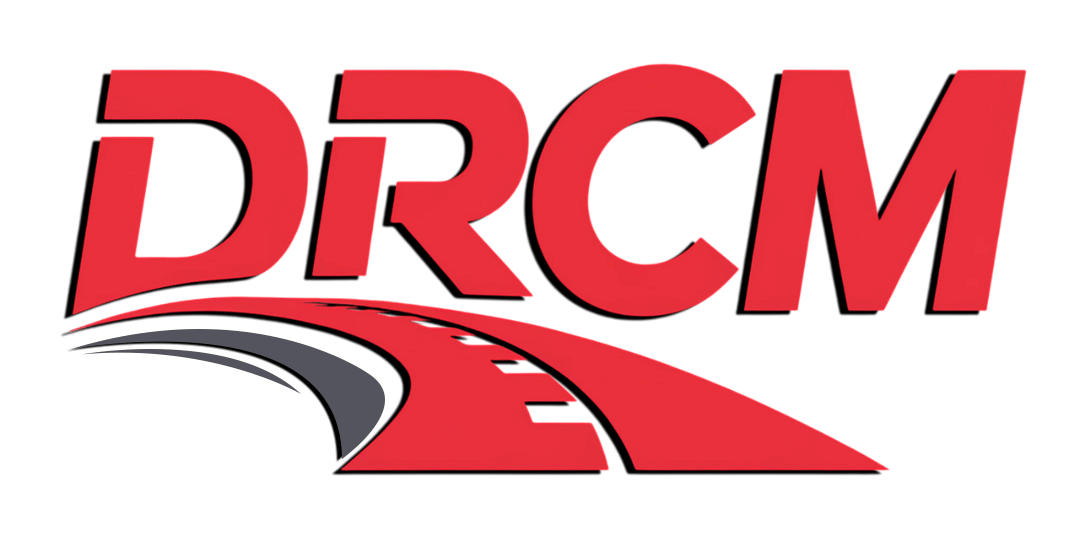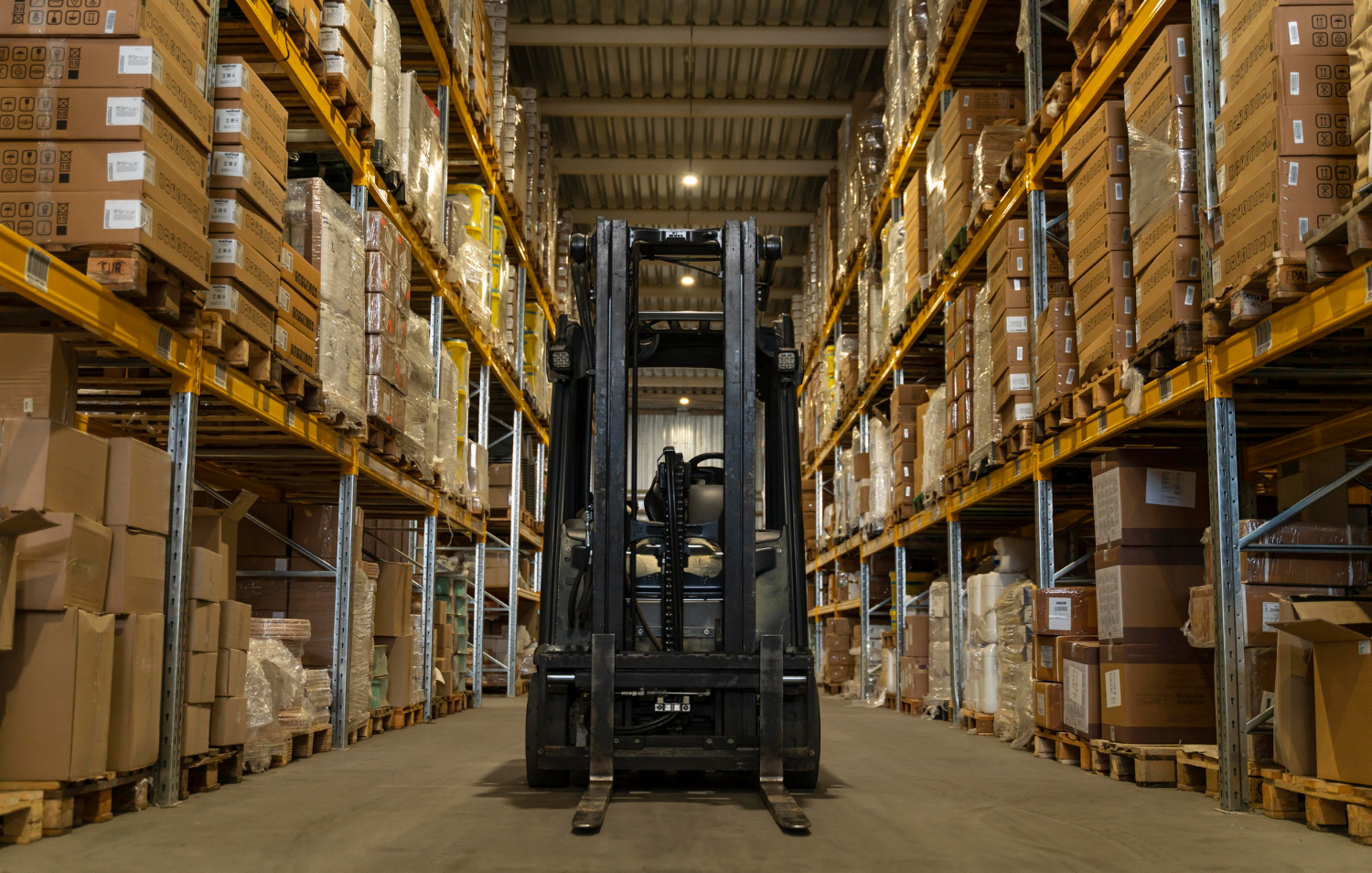What is Warehousing and Transportation
Warehousing and transportation are integral components of the supply chain, ensuring that goods are stored safely and delivered efficiently to their final destinations. Warehousing involves the storage of goods in facilities equipped to handle a variety of products, from perishable items to bulk materials. Key features of modern warehousing include.
- Storage Solutions : Warehouses offer diverse storage options such as shelving, pallet racks, and temperature-controlled environments to accommodate different types of goods.
- Inventory Management : Advanced inventory management systems track stock levels in real-time, optimizing storage space and minimizing excess inventory.
- Security Measures : Modern warehouses are equipped with security features like surveillance cameras, access control systems, and fire suppression to protect goods.
Transportation
on the other hand, focuses on the movement of goods from warehouses to various destinations, including retail outlets, distribution centers, or directly to customers. Efficient transportation systems are characterized by:
- Mode Selection : Choosing the right transportation mode (truck, rail, air, or sea) based on factors like cost, speed, and distance.
- Route Optimization : Utilizing technology to plan the most efficient routes, reducing fuel consumption and delivery times.
- Real-Time Tracking : Providing real-time updates on shipment status, enhancing transparency and allowing for proactive issue resolution.
Both warehousing and transportation are pivotal in ensuring the smooth flow of goods within the supply chain. By integrating advanced technologies and optimizing operations, businesses can reduce costs, improve customer satisfaction, and maintain a competitive edge in the market.





